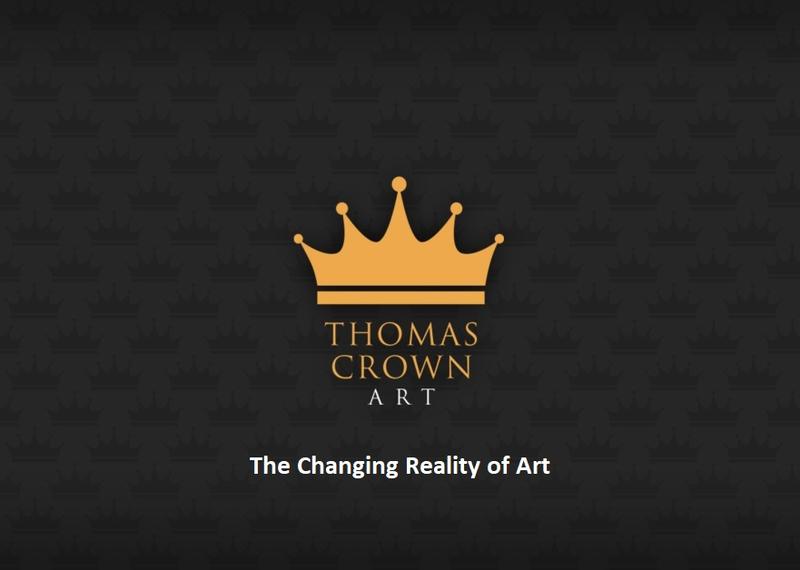TechInAfrica – This week, the stolen Picasso’s ‘Portrait of Dora Maar’ was found after gone missing for about 20 years. This has driven a demand for innovative technology in helping to address challenges in the fine art industry, especially to capture criminals who steal arts.
“Crime has been a considerable problem that has persisted for centuries, one that’s affected artists including da Vinci, and Van Gogh,” said Stephen Howes, a famous art dealer at Thomas Crown Art, an art-tech agency.
After twenty years missing and finally found, it’s showing that crime is an issue that haunting the art industry that has affected artists, collectors, and galleries around the world.

“Indeed, it’s a problem that seems to be on the rise. It has been reported that the vast majority of art and antiquities on major retail bidding sites are thought to be artistic fakes. Meanwhile, according to research, more than 90 percent of museum art thefts involves an insider, often using high-level forgery techniques to produce fakes,” said Howes.
In order to tackle this issue, blockchain technology is there as a game-changer. According to Howes, blockchain technology has the ability to store a permanent and immutable record of artwork that can be used to authenticate registered works by anyone using an internet connection.
Howes added, “Tracking these valuable pieces and registering their records creates a chain of custody that documents their ownership and transfer. This can include noting the pieces’ auctions, sale values, shipment, and other verified information without disclosing sensitive personal data of the owners.”

Thomas Crown Art has been using the blockchain technology to protect arts and created a mechanism to “walletizing” all pieces of arts and link them to a Certificate of Provenance stored on the blockchain via a ‘smART contract’. By doing this, it helps to enable the capability to store cryptocurrency
“We now have the tech. And this case should serve as a wake-up call for the art world to invest more in blockchain to protect artists, galleries, and private owners and collectors, and drive confidence and global sales,” Howes concluded.
Source: itnewsafrica.com
 We just launched our WhatsApp channel. Want to get the latest news from the Tech in Africa?
We just launched our WhatsApp channel. Want to get the latest news from the Tech in Africa?

